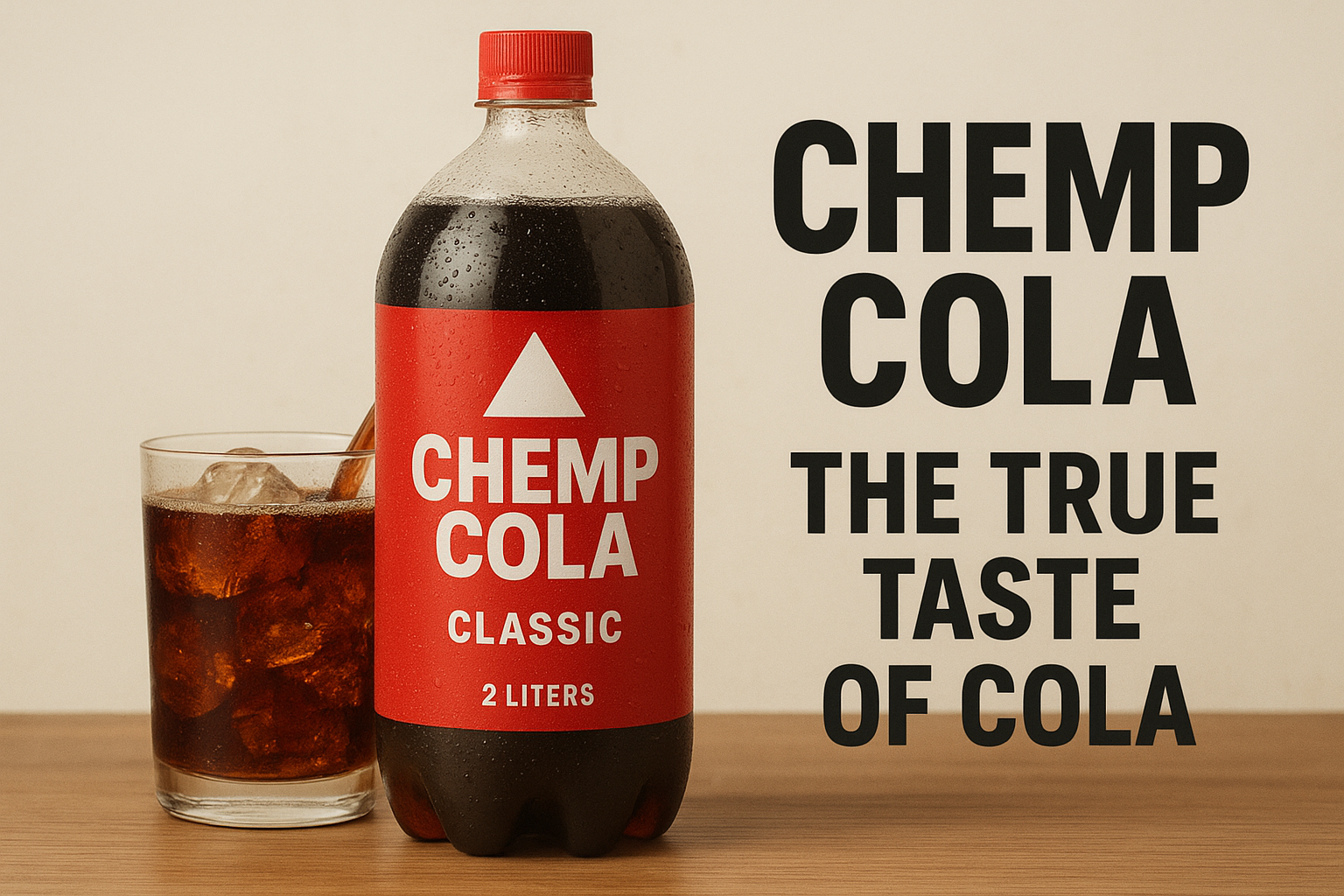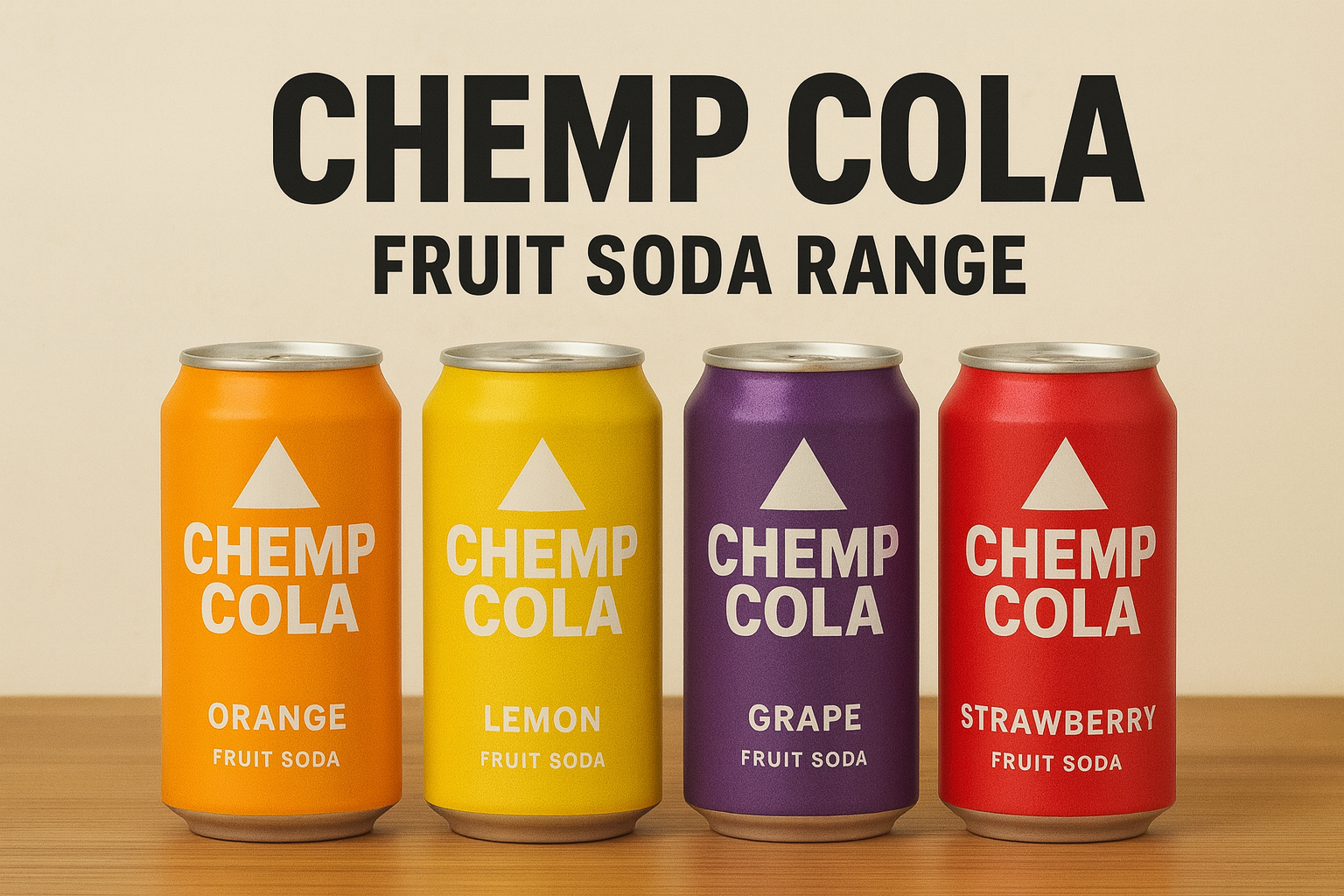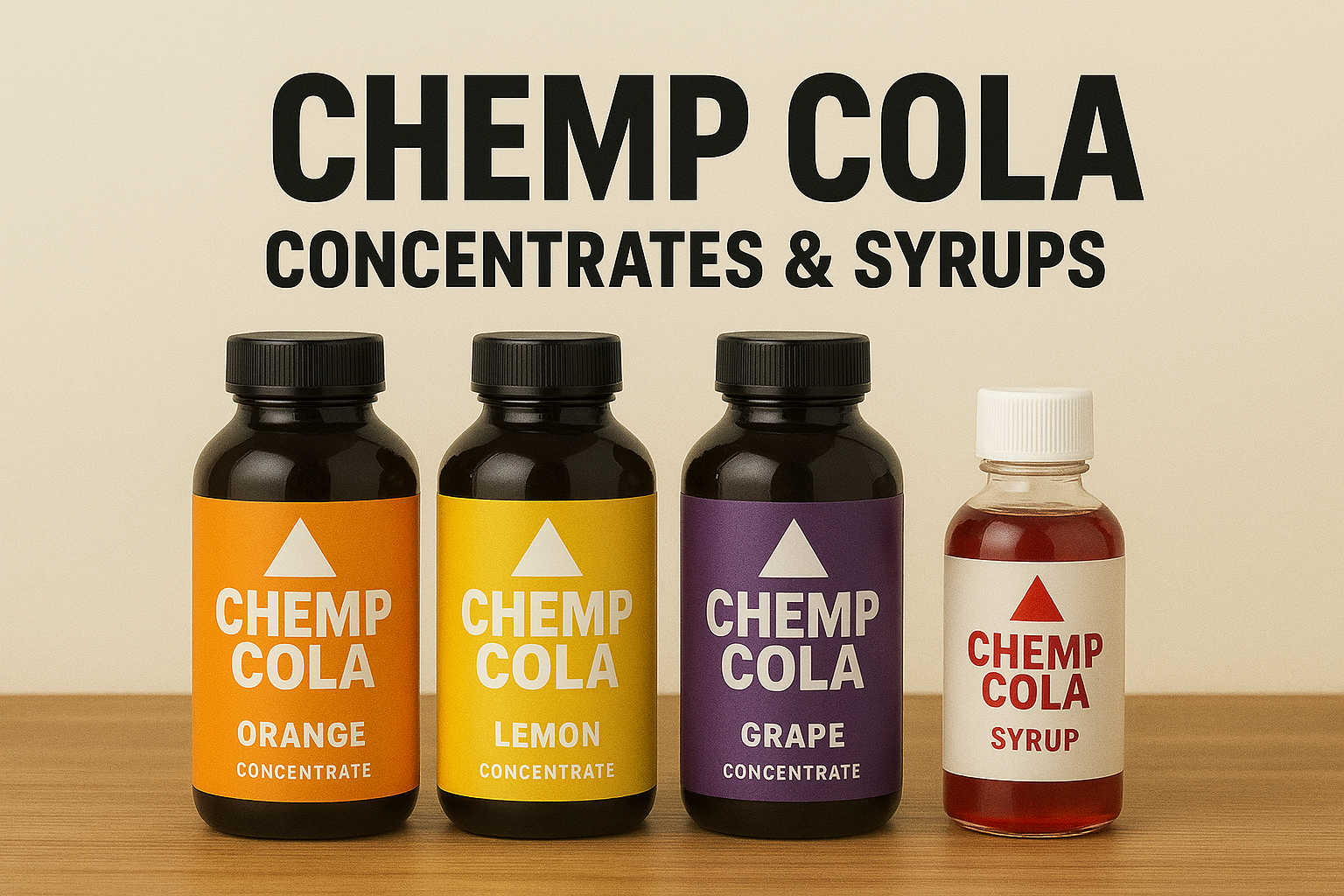About Our Manufacturing Unit
Chemp Cola Dealership is a legally registered manufacturing enterprise (UDYAM-MH-26-0880712) based in Pune, Maharashtra. The CHEMP COLA brand is owned and developed by the proprietor and is currently in pre-production. We have completed product formulations, labeling, and packaging design, and we are preparing for commercial launch. All product mockups, packaging assets and marketing materials are proprietary.
Registered Address: Survey No. 4/K2/21, Opp. Kuba Masjid, Kondhwa Kh., Pune 411048
Registered Business
UDYAM-MH-26-0880712 — Chemp Cola Dealership
Factory Location
Survey No. 4/K2/21, Opp. Kuba Masjid, Kondhwa Kh., Pune 411048
Contact
Email: akbar786shaikhrahim@gmail.com
Phone: +91 91637 59971
Our Products (Pre-Launch)
We manufacture soft drinks, fruit sodas, and concentrates. Note: These products are currently in pre-production and will be available for wholesale and dealership opportunities after the official launch.
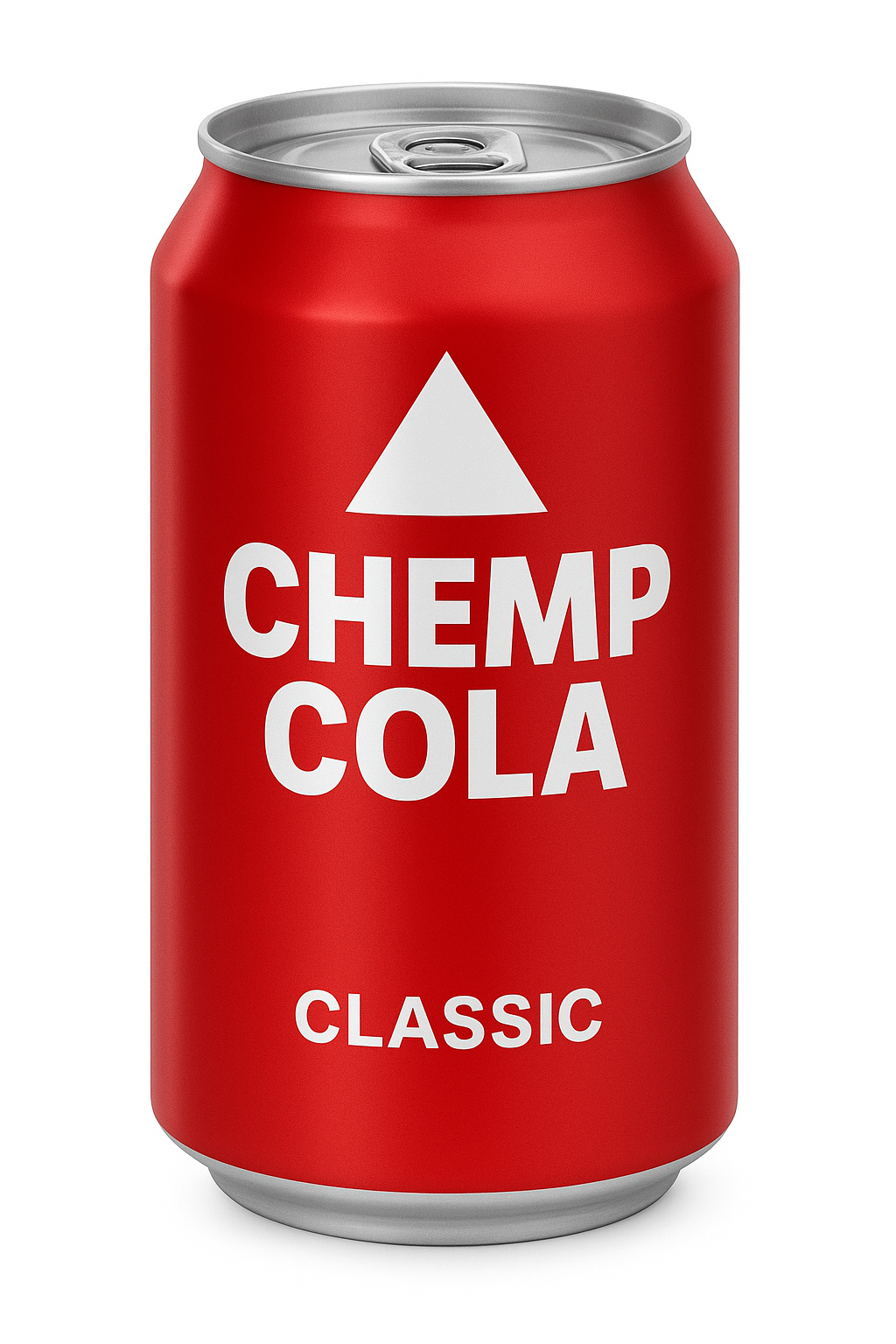
Chemp Cola Classic
Classic cola concept for retail & wholesale packaging.
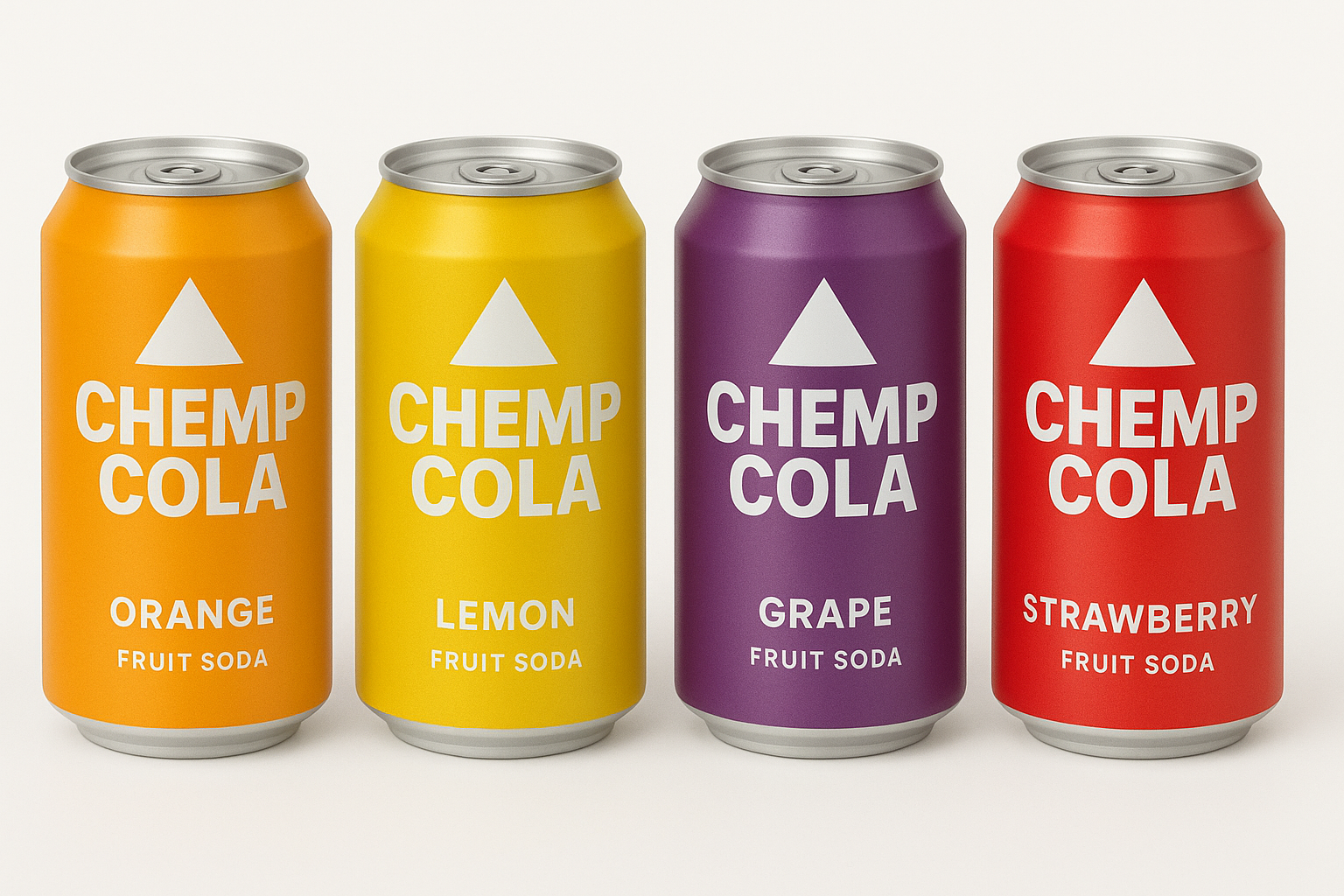
Fruit Soda Range
Mango, Orange and Lemon concept flavors.
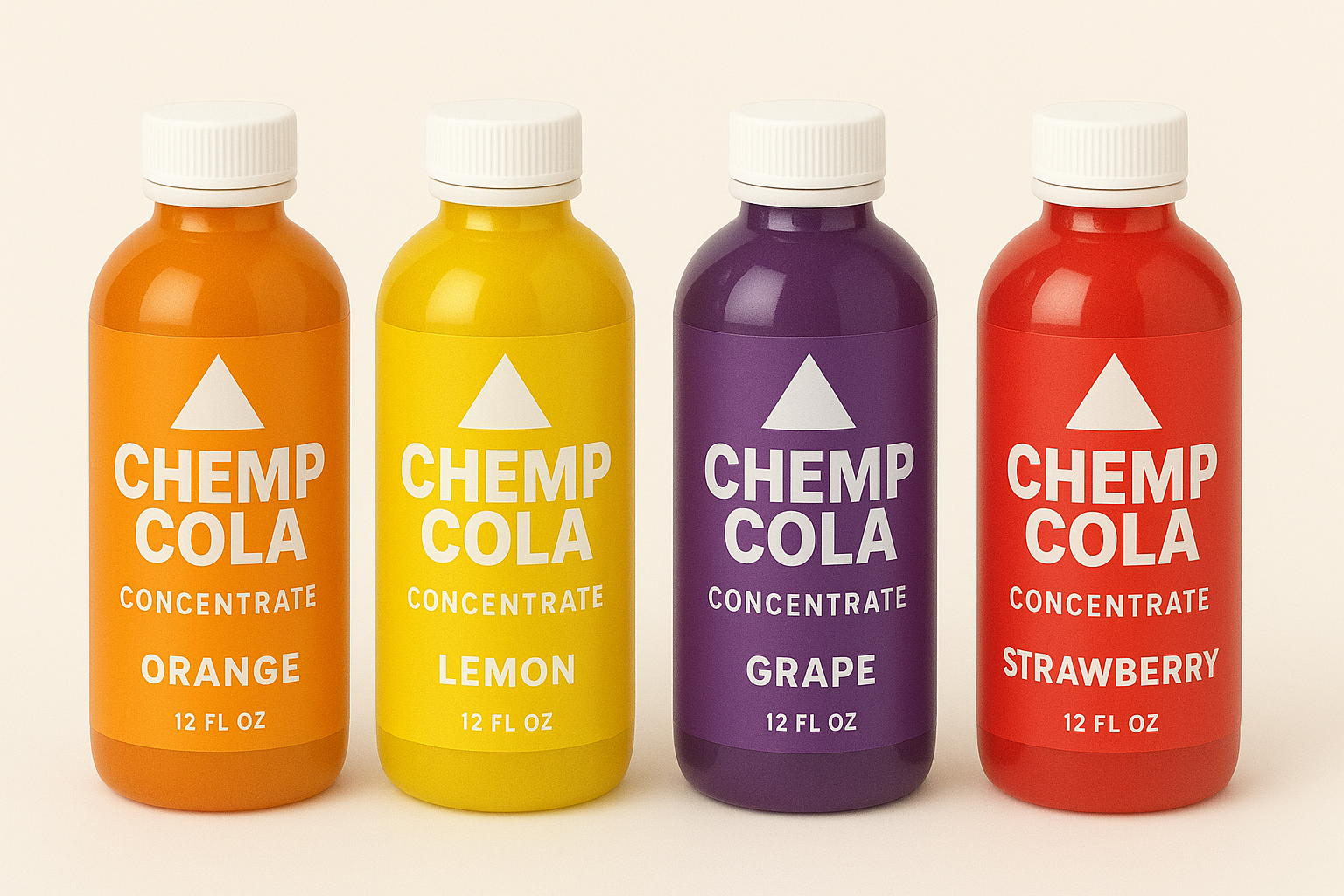
Concentrates & Syrups
Bulk concentrates for bottlers and cafes (pre-production).
